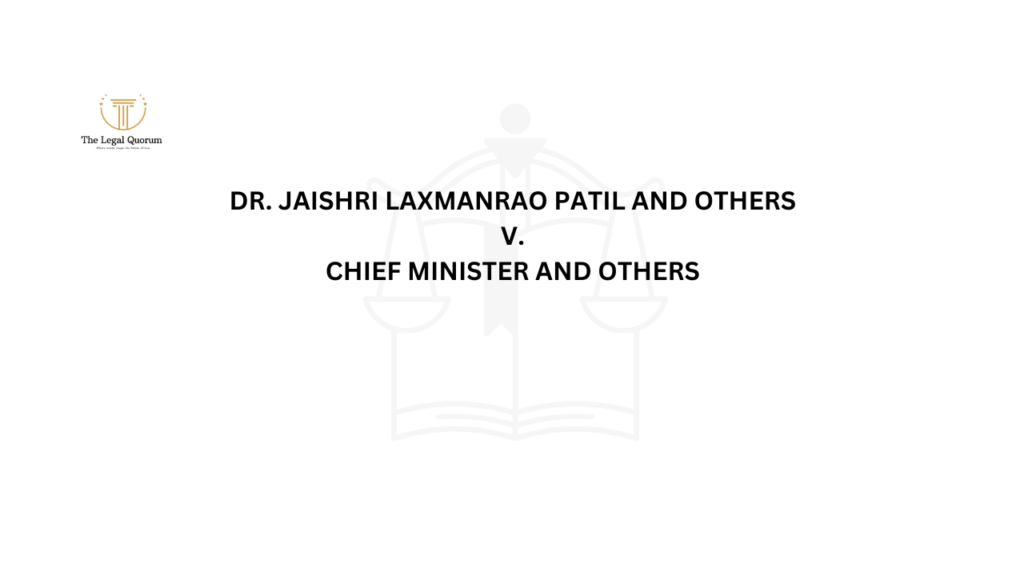Published On: 11 October, 2023
LAND USE REGULATIONS
INTRODUCTION
We all live on land, which is a natural resource that is crucial to the economic success of a nation. It is crucial to categorize how we utilize it so that the next generation may also take advantage of it. Land use is the process of using land and its resources for a variety of objectives. Land usage must be carefully planned by the government for the nation to advance.
LAND USE
The government should make an informed choice on how to use the land.
For instance, if there is a plot of land, the government must determine whether it should be utilized to build parks or to construct residential apartments. When making a decision, they should take the general welfare into account.
In India, land use is mainly based on the following classifications-
- Forests
- Land for Agricultural use
- Land for non-agricultural use
- Grazing land
LAND USE CLASSIFICATIONS
Generally, types of land use are classified into-
- PUBLIC USE
This guarantees that property is used for public purposes as well as for the state and central governments. For instance, to build homes for landless individuals.
- RESIDENTIAL PURPOSE
It is the sort of land on which we reside. It refers to any property that has a house on it.
Types of housing vary from area to area –
- Residential areas
Different types of dwellings, including single-family homes, townhouses, and apartments, can be found in residential neighborhoods.
- Urban areas
Homes, particularly apartment complexes, are frequently located near one another in urban settings.
- Rural areas
Houses are quite far apart in rural settings.
- COMMERCIAL PURPOSE
Any land that is utilized for business is included. Restaurants, pharmacies, and clothes stores can be found in commercial districts.
- INDUSTRIAL PURPOSE
It is a piece of land that is used for processing, producing, or storing raw materials. Depending on the many types of industries, it is categorized. The establishment of firms in industrial land is permitted for light, medium, and heavy industries. Typically, this terrain is situated a great distance from any populated regions.
- INSTITUTIONAL PURPOSE
It mostly serves community needs. Schools, hospitals, and government buildings are a few examples. These structures are spread out across the neighborhood so that residents can easily reach them.
- AGRICULTURAL PURPOSE
It refers to the preservation of land for agricultural purposes.
LAND USE REGULATIONS IN INDIA
In India, local government agencies create the zoning regulations. The usage of land is governed by these regulations. The duties of land use planning are carried out by several government departments. For instance –
- A draft land use plan for Delhi 2041 has been created by the Delhi Development Authority (DDA).
- A draft national land use policy was created by the Rural Development Ministry in 2013 to implement guidelines for guaranteeing optimal land use based on appropriate land-use planning and management.
IMPORTANCE OF ZONING
A set of regulations known as zoning controls how land may be utilized. These laws outline what we are permitted to do with property, as well as its size restrictions, permitted uses, and other relevant information.
For instance, a section of land may be set aside for commercial or industrial use.
Our homes are shaped by zoning. The protection of public health was the principal objective of lawmakers when they created zoning rules.
Individuals argue that zoning isolates individuals from one another and from the communities where they reside, yet if done carefully, zoning may bring people together rather than dividing them.
LEGISLATION RELATING TO LAND USE IN INDIA
The outdated Land Acquisition Act of 1894 was updated by the Right to Fair Recompense and Transparency in Land Acquisition, Rehabilitation, and Resettlement Act of 2013 to provide a new process designed to provide individuals impacted with fair recompense.
- LAND ACQUISITION – It is the procedure through which the state might purchase private property for a variety of uses.
- Land Acquisition Act 2013
Discusses measures for paying landowners compensation
- Provisions regarding consent under the Land Acquisition Act 2013-
- When the government buys land for public use, there is no requirement for permission.
- If the land needed to establish private firms is transferred, at least 80% of the affected family must agree.
- The agreement of at least 70% of the affected family members if the project is carried out in a public-private partnership.
In India, your land may be taken by the government for the construction of industrial zones or infrastructure. It is authorized by statute.
FORMS OF LAND USE REGULATIONS
- ZONING
Zoning is a technique for urban planning that gives national and local governments the power to manage and regulate land use patterns via the creation of regulations. It entails allocating land areas by segmenting them into several zones.
- BUILDING REGULATIONS
The manner in which new structures must be created and the materials that must be used are governed by building regulations. They can also be used to maintain and upgrade existing structures. They could forbid the construction of a certain type of structure or impose restrictions on the building’s height, width, depth, location on the property, or distance from the street.
- SUB- DIVISION REGULATIONS
Raw land can be used for homes or other uses under subdivision laws. When zoning developments, they must take into account the community’s need for public goods and services as well as minimum standard requirements.
- RENT CONTROL
Rent control is one of the more recent policies that improve the quality of life in cities. Their goal is to stop landlords from raising the cost of accessible housing to a point where middle-class and lower-income families can bare to pay it.
CONCLUSION
Municipalities utilize land use rules as a tool to manage and guide the development of land inside their boundaries. The most common form of land use regulation is zoning. The primary purpose of zoning is to segregate lands that are thought to be incompatible.
REFERENCES
- R, P. (2016, June 28). Forms of Land Use Regulation and Control in India. Essays, Research Papers, and Articles on Environmental Pollution. https://www.environmentalpollution.in/land/forms-of-land-use-regulation-and-control-in-india/1215
- Zhang, Y. (2018, December). The credibility of slums: Informal housing and urban governance in India. Land Use Policy, 79, 876–890. https://doi.org/10.1016/j.landusepol.2017.05.029
- Singh, S. (2016, January). Land Acquisition in India. Journal of Land and Rural Studies, 4(1), 66–78. https://doi.org/10.1177/2321024915616673




